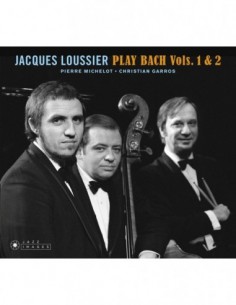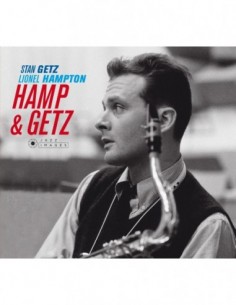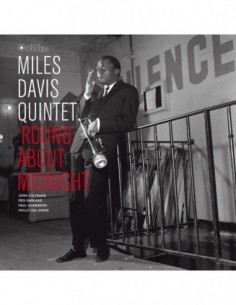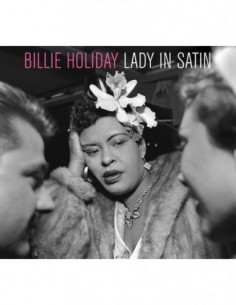Sketches of Spain
Miles DavisTHE JEAN-PIERRE LELOIR COLLECTION
180 PRE VIRGIN VINYL LPs IN GATEFOLD PACKAGING
"Sketches of Spain" was Miles Davis and Gil Evans’ third conceptual album (they had worked together back in the late 1940s on the celebrated “Birth of the Cool” nonet sessions and would record their first conceptual LP "Miles Ahead" in 1957, followed by their adaptation of George Gershwin’s music for "Porgy and Bess" in 1958).
The Spanish-tinged album received a five-star rating in Down Beat, with critic Bill Mathieu stating that “This recording is one of the most important musical triumphs that this century has yet produced. It brings together under the same aegis two realms that in the past have often worked against one another –the world of the heart and the world of the mind. To Davis and Evans goes not the distinction of five or 10 or a zillion stars in a review rating, but the burden of continuing to show us the way.”
“In Sketches of Spain”, added Nat Hentoff, “Davis and Evans have gone on to challenge themselves even further than on previous albums. A brooding, dramatic Spanish sound and feeling pervade all the works on this record. Davis, I believe, has rarely if ever soloed with such concentration of emotion, as in several selections of this album, particularly in ‘Concierto de Aranjuez’ and ‘Saeta’. What is most remarkable is the surprising authenticity of phrasing and timbre with which he plays. It is as if Miles had been born of Andalusian gypsies but, instead of picking up the guitar, had decided to make a trumpet the expression of his cante hondo (‘deep song’). And Evans also indicates a thorough absorption of the Spanish musical temper which he has transmuted into his own uncompromisingly personal style.”
PERSONNEL:
MILES DAVIS, trumpet & flugelhorn on all tracks
With orchestra arranged and conducted by GIL EVANS
On A1:
Bernie Glow, Taft Jordan, Louis Mucci, Ernie Royal (tp),
Dick Hixson, Frank Rehak (tb), John Barrows, Jimmy Buffington, Earl Chapin (fhr),
Jimmy McAllister (tu), Romeo Penque (oboe), Harold Feldman (oboe, b-cl),
Jack Knitzer (bassoon), Al Block, Eddie Caine (fl), Danny Bank (b-cl),
Janet Putnam (harp), Paul Chambers (b), Jimmy Cobb (d),
Elvin Jones (perc), prob. José Manguel (perc).
New York, November 20, 1959.
On A2 & B1-B3:
Ernie Royal, Bernie Glow, Johnny Coles, Louis Mucci (tp),
Dick Hixson, Frank Rehak (tb),
Joe Singer, Tony Miranda, Jimmy Buffington (fhr), Bill Barber (tu),
Romeo Penque (oboe), Jack Knitzer (bassoon), Al Block, Harold Feldman (fl),
Danny Bank (b-cl), Janet Putnam (harp), Paul Chambers (b),
Jimmy Cobb (d), Elvin Jones (perc), prob. José Manguel (perc).
New York, March 10, 1960.
SIDE A:
01 CONCIERTO DE ARANJUEZ
02 WILL O’ THE WISP
SIDE B:
01 THE PAN PIPER
02 SAETA
03 SOLEA
- Format
- LP
- Discs
- 1
- Label code
- 37028
 Cookie preferences
Cookie preferences




















































